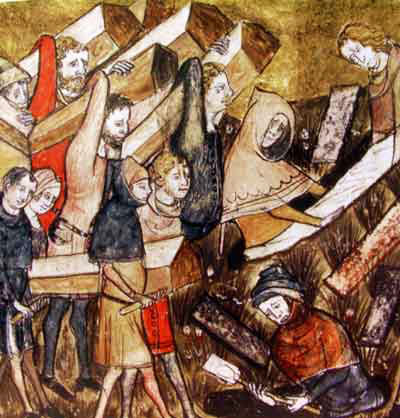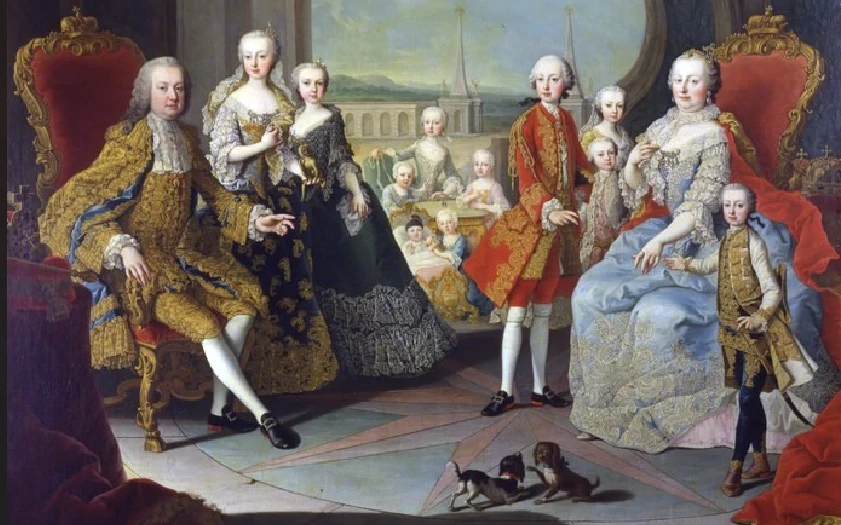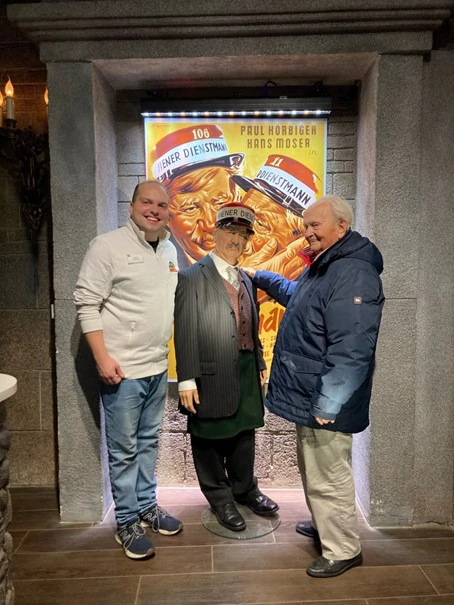The plague was a permanent feature in the lives of the Viennese, claiming its victims time and again since the city was founded. The “Black Death” it was called in Russia, France and Italy for a long time. In the German-speaking world, the name persisted and lasted for a long time: the “big stink”. As the disease progressed, brownish and black spots appeared alongside ulcers and pustules, which stank terribly when they broke open. Vienna again suffered particularly from the great plague of 1679 , which, like so many before it, was brought in from the East. It was the time of the baroque and the whole life was theater. The Spanish etiquette at court, the fashion with the huge hoop skirts and allonge wigs, the lace-trimmed vests and the stiletto heels, up to the emphasis on the differences in rank of the individual social ranks and classes. However, not much had changed in the streets and squares since the Middle Ages. The alleys were still dark and narrow, partly unpaved and full of “gruben und sümpff”. Many decrees calling for cleanliness have been handed down, “Kärler” were employed to clean the streets, but after the outbreak of the epidemic, the serious order was issued again: “Firstly, that no blood, insects, cancers, snails, ayrschallen or other filth be poured out in the streets or squares: In the same way, no dead dogs, cats or poultry are to be thrown into the streets, but are to be carried out of the city in one way or another”. Whereas in the Middle Ages, cleaning bodies in bathhouses was an integral part of Viennese life , people now feared being infected with syphilis. This led to the preference for powder, perfume and wig . Fleas and lice multiplied happily. The distinguished ladies wore tubes smeared with honey under their skirts, in which the pesky parasites were supposed to catch. Personal hygiene had reached a catastrophic low. Doctors, bathers and healers were at a loss . They prescribed taking theriac (an opium-containing medicine with 60-80 components used in the Middle Ages especially for poisoning), they performed bloodletting or prescribed sweating cures, chewing juniper berries, laurel, garlic, rue or taking a mixture of sulfur. In the case of bubonic plague , one of the few truly effective methods was the surgical opening of the bumps (bubones) to allow the pus to drain, which brought beneficial relief to the patients. The proverbial miracle cure was the application of a speared toad, which had previously been soaked in wine and vinegar. However, none of this could prevent 70,000 to 120,000 Viennese from dying. It was not until 1894 that the Swiss Alexandre Yersin discovered the plague pathogen and the rapid introduction of antibiotics put an end to the constant threat in Vienna. However, the plague has not been eradicated. From Madagascar, Congo, Peru to the USA, plague deaths and contagions are still possible today. In the children’s games“Who’s afraid of the Black Man” and in“Black Peter” , the horror of the plague is still dealt with today.another important figure in Vienna was “Der liebe Augustin! The “Dear Augustin” (Marx Augustin) was a bagpiper who survived the plague with wine, humor and song. Time Travel Tip: The plague pit at Time Travel promises a unique experience to trace the horrors of the plague.
Image source:
https://commons.wikimedia.org/wiki/File:Burying_Plague_Victims_of_Tournai.jpg?uselang=de



